When can a Woman get Pregnant after Menstruation?
When a woman’s menstrual period ends, it may feel like a reset button has been hit. Some look forward to having a clearer idea of their fertility, while others wonder if pregnancy could already be on the table. The timing of ovulation, the lifespan of sperm, and the length of one’s menstrual cycle all determine when conception is most likely.
How a woman can get pregnant after menstruation could be one thing that keeps them in a dilemma when planning to have a baby. Understanding how the factors align often helps in family planning, whether the goal is to conceive or to avoid it.
Let’s understand in detail when a woman can get pregnant after menstruation, and the factors that influence the window. However, to begin with, understanding when a woman can conceive after menstruation, it is important to learn about her fertility.
Fertility Post-Menstruation
A typical menstrual cycle ranges between 26 and 32 days, with ovulation usually occurring about 14 days before the next period begins. For instance, in a 28-day cycle, day 1 is the first day of bleeding, and ovulation might happen around day 14.
This means the days immediately following menstruation are generally not highly fertile. However, this changes when accounting for variability in cycle length, early ovulation, and sperm’s durability. Sperm can survive inside the female reproductive tract for up to five days, and sometimes longer. That means having unprotected intercourse late in the menstrual period could overlap with early ovulation, potentially leading to conception.
When Can a Woman Conceive After Menstruation?
The timing depends on the length of your cycle and when you ovulate. Here’s a breakdown:
- Immediately after periods (Days 1–5): Chances of pregnancy are very low. The uterine lining is shedding, and ovulation is still several days away.
- A few days after periods (Days 6–10): Fertility begins to rise, especially for women with shorter cycles.
- Mid-cycle (Days 11–17 in a 28-day cycle): This is the fertile window. The chances of conception are highest here.
- Late cycle (Days 18–28): Chances decrease after ovulation but are not zero until menstruation begins.
A woman can get pregnant if she has unprotected sex anytime during her fertile window, which is around 5 days before ovulation and on the day of ovulation.
Also Read – Is It Normal To Get Your Period During Pregnancy?
The Fertile Window: When Pregnancy Is Most Likely
Medical sources define the “fertile window” as the five days leading up to ovulation, the day of ovulation, and possibly one day afterwards, making it about seven days total. This period presents the highest likelihood of conceiving.
In a standard 28-day cycle:
- Ovulation occurs around day 14
- The fertile window spans approximately days 9–15
- Sex on day 3 of the cycle, for instance, may still result in pregnancy if ovulation happens early and sperm remain viable.
Thus, while pregnancy immediately after menstruation is uncommon, it’s not impossible, especially if the menstrual cycle is shorter (e.g., 21 days), leading to earlier ovulation.
The Role of Ovulation: Timing and Variations
Ovulation occurs when an ovary releases a mature egg into the fallopian tube, ready for fertilisation. Although it usually happens around the middle of the cycle, the timing can vary greatly; ovulation may occur between days 10 and 16, even in women with regular cycles.
Short or irregular cycles complicate estimation:
- In a 21-day cycle, ovulation might happen as early as day 7
- Sexual activity that occurs shortly after the period may then become part of the fertile window due to overlapping sperm survival and the timing of ovulation
Sperm and Egg Lifespans: Key to Understanding Timing
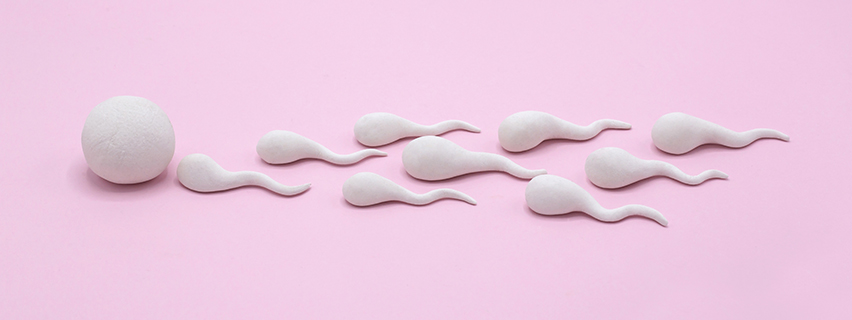
An egg remains viable for 12–24 hours after ovulation, while sperm can survive for up to 5–7 days in favourable conditions within the reproductive tract.
This broader window, spanning a few days before and after ovulation, is why conception can occur even if intercourse doesn’t happen on the day the egg is released. Timing is everything.
Conception After Period: Putting It All Together
If ovulation occurs early:
- Having sex on days 3–5 of a short cycle can still result in pregnancy due to the leftover lifespan of the sperm
- Conversely, if ovulation happens later, the fertile window shifts accordingly
So, while not common, pregnancy right after menstruation is possible, particularly for women who ovulate early, engage in intercourse late in their period, or have short cycles.
Also Read – How Pre-Pregnancy Supplements Boost Your Fertility
Tracking the Fertile Window More Accurately
Relying on calendar calculations alone can be misleading. Here are more precise tracking methods:
- Cervical Mucus Method: Mucus becomes clear, slippery, and stretchy, similar to egg whites, just before ovulation.
- Basal Body Temperature (BBT): A slight rise in BBT after ovulation indicates that fertile days are over.
- Ovulation Detection Kits: Ovulation Detection Kits detect the luteinizing hormone (LH) surge in urine, which precedes ovulation by about 24 hours.
Combining these methods with calendar tracking offers better accuracy, especially when cycles vary.
Important Factors Influencing Fertility Timing
Some variables to consider that influence the fertility timing are as follows:
- Cycle irregularity: Stress, illness, or lifestyle changes can shift ovulation timing, making prediction harder.
- Age-related fertility decline: Fertility decreases for women over age 32, impacting both timing and conception likelihood.
- Medical interventions: In assisted reproduction or high-risk cases, blood tests or an ultrasound will provide definitive ovulation tracking, not just calendar estimates.
So, when can a woman get pregnant after menstruation? The answer depends largely on her cycle length and ovulation timing. While chances are lowest during and right after periods, they increase significantly during the mid-cycle fertile window. If you are trying to conceive, tracking your cycle and ovulation can help you identify the optimal days to attempt conception. On the other hand, if you are trying to avoid pregnancy, it’s important to know that natural cycle tracking alone is not a foolproof method.
Frequently Asked Questions
Q. Can a woman get pregnant immediately after her period?
It’s unlikely but not impossible. Especially for those with short cycles or early ovulation, sperm can still be viable when ovulation occurs soon after menstruation.
Q. How many days after my period can I get pregnant?
Most women are fertile between approximately days 8 to 19 of a 26–32 day cycle, peaking around ovulation, around day 14.
Q. When does a woman usually conceive after menstruation?
Conception typically occurs when intercourse happens during the fertile window around ovulation, roughly 12–16 days after the period starts in a typical cycle.
Q. How can someone better predict their fertile window after menstruation?
Use fertility tracking methods like ovulation predictor kits, basal body temperature, and cervical mucus observations, in addition to tracking cycle lengths for accuracy.
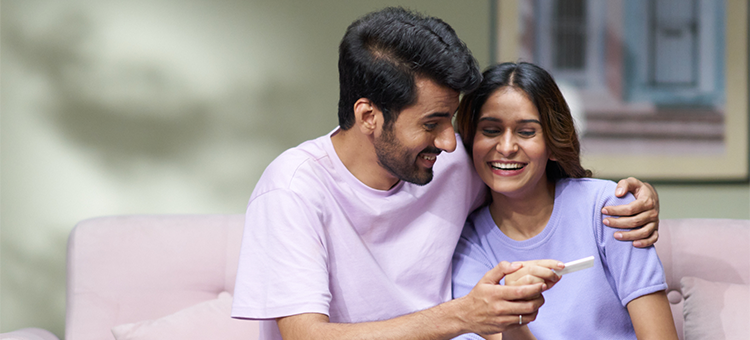
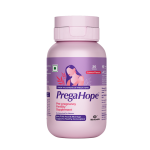






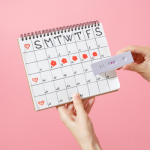
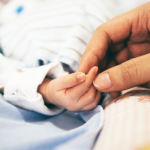
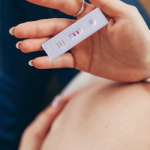








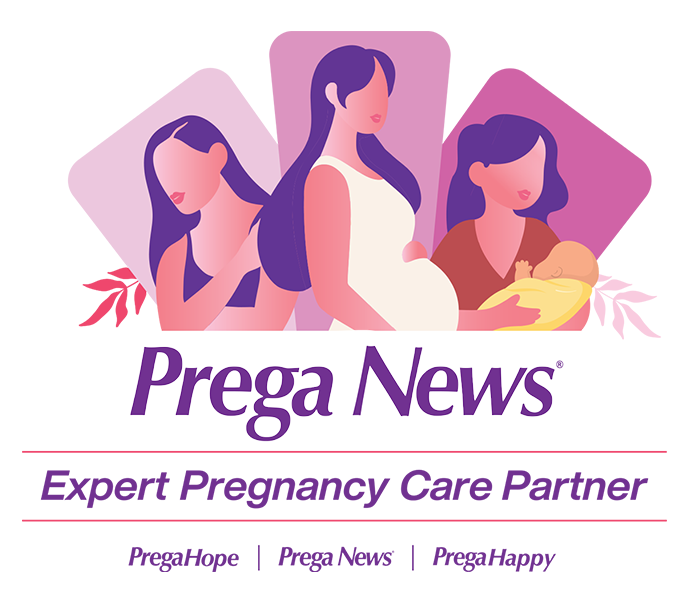
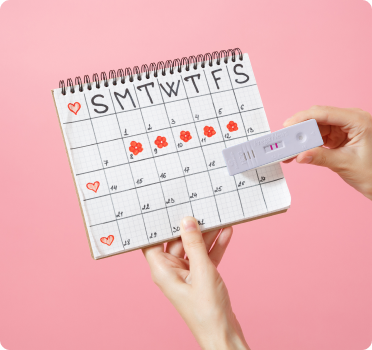
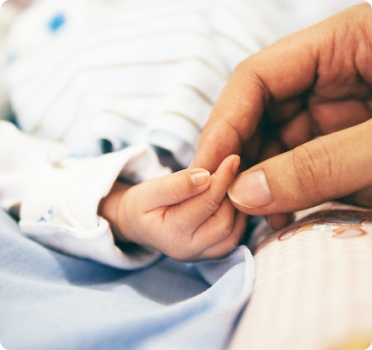
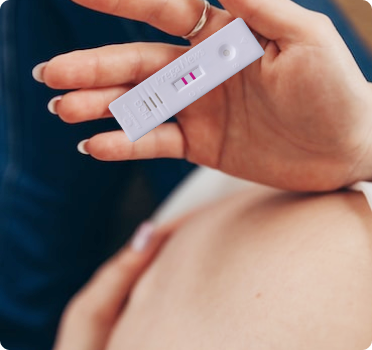

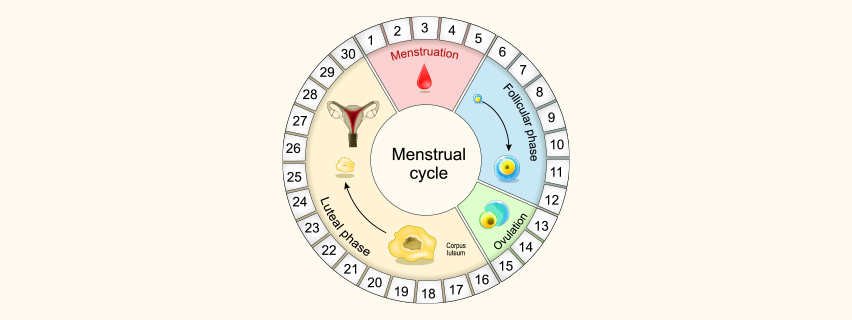



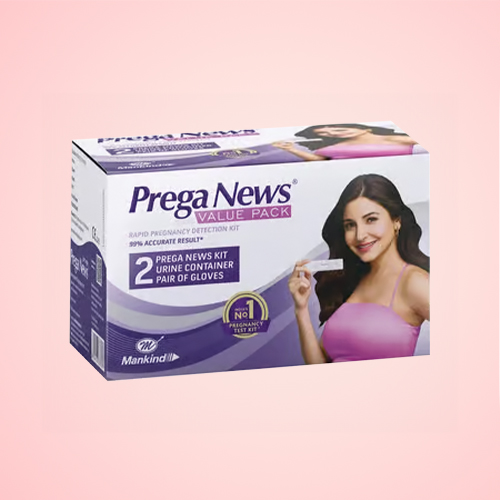

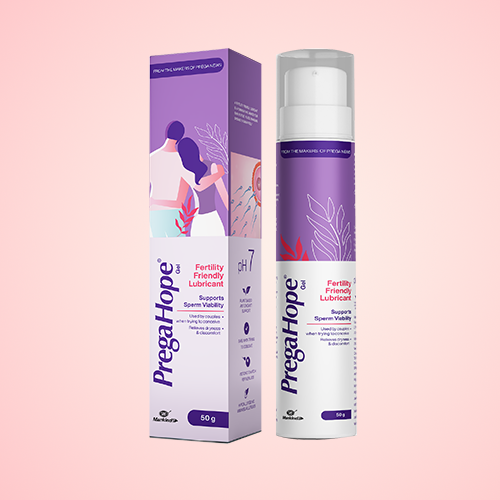
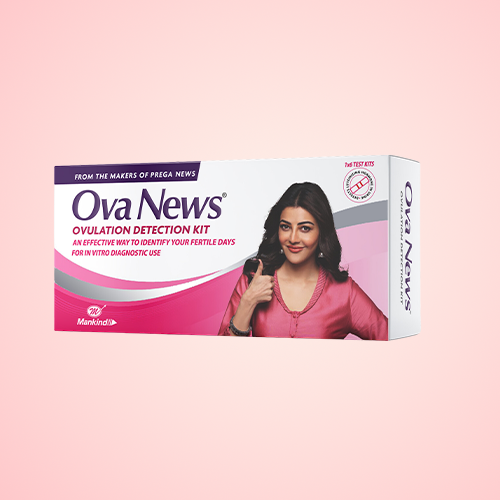
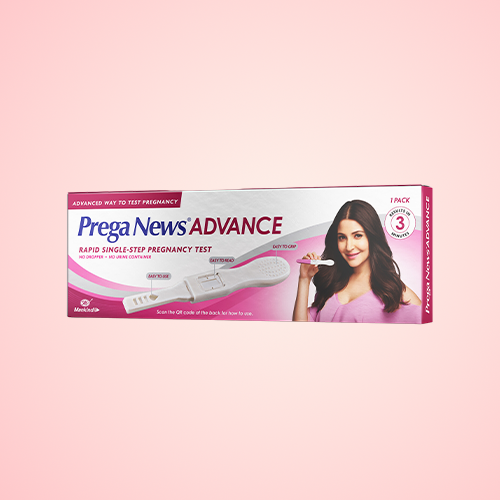
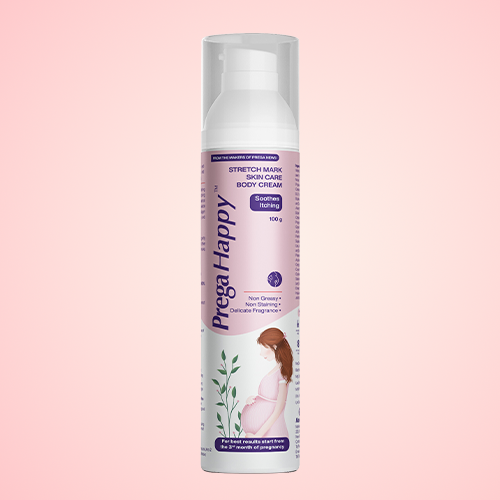
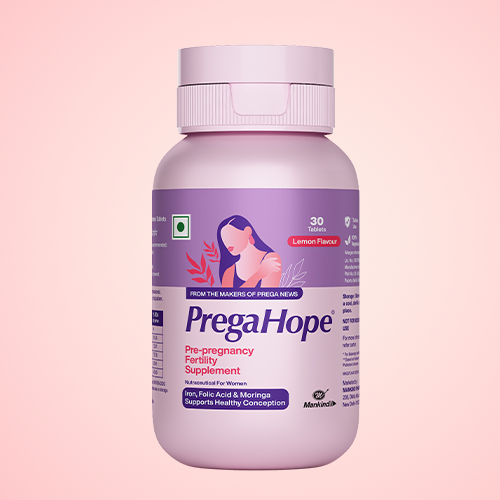
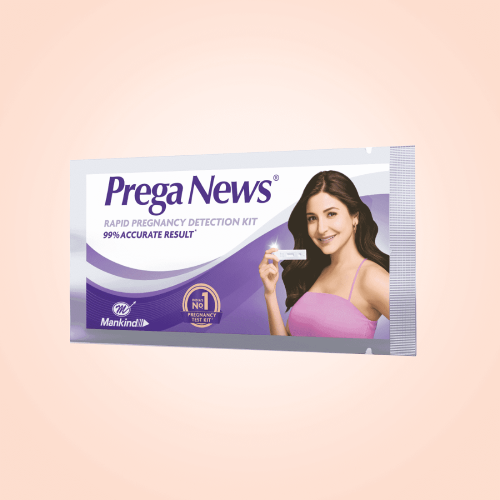
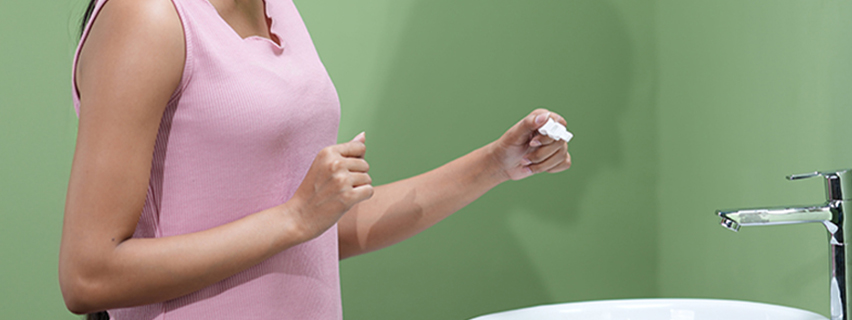
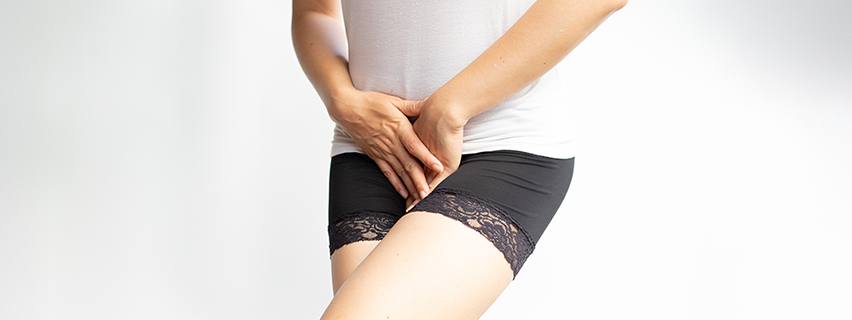







Leave a comment